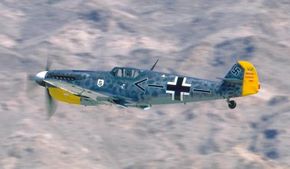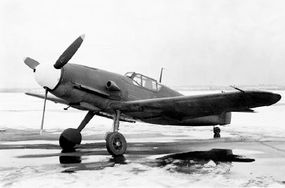In the annals of aviation history, certain aircraft emerge as iconic symbols of an era. Among these, the Messerschmitt Bf 109, affectionately known as the Me 109, stands tall as one of the most recognizable fighters of World War II. With its sleek design and formidable armament, the Me 109 represented the pinnacle of German engineering during a tumultuous time in history.
Birth of a Legend: The Me 109's Origins
The story of the Messerschmitt Bf 109 begins in the early 1930s when the German Reich's aviation industry was in full swing. In response to the need for advanced fighters, the brilliant designer Willy Messerschmitt created an aircraft that would become a legend.
Advertisement
The Messerschmitt Bf 109, also called the Me 109, is one of the few fighters ever to be developed from a light-plane design. Willy Messerschmitt's angular little fighter was built in greater numbers than any other fighter plane, the total reaching 33,000.
The Messerschmitt Bf 109 also shot down more Allied planes than any other aircraft, and stayed in service longer than most, having entered combat in the Spanish Civil War (1936-39), fighting through World War II, and then going to war again in 1947, this time for the newly emerging state of Israel.
Advertisement

